
Eva Hesse- One of the most innovative and powerful artist to emerge in the 1960’s
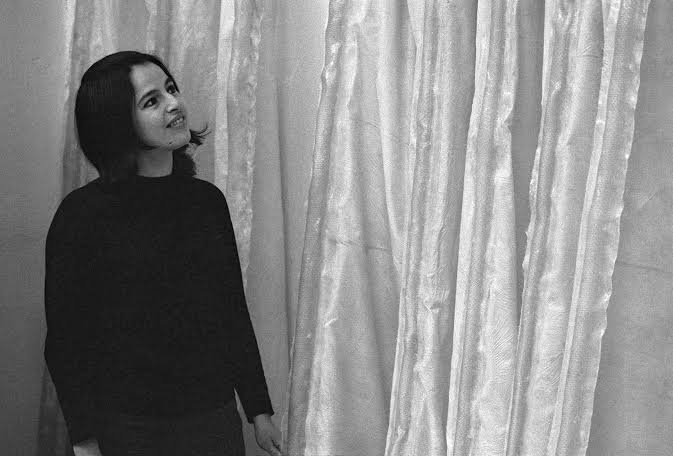

In a world full of tough times, some people go through a lot but don’t let it bring them down. Eva Hesse was one of these incredible individuals. She was an amazing artist who faced many challenges and tough moments in her life, yet she didn’t let them define her. Instead, she used those tough times to become even stronger and more creative.
Eva Hesse’s life was not easy—from escaping Nazi Germany to dealing with career struggles, she had a lot on her plate. But, instead of giving up, she turned to art as her way of dealing with her tough life- from fiberglass to rubber, her creative palette knew no bounds.. In today’s blog we’ll explore the story Eva Hesse’s life, discovering how she turned her personal struggles into incredible works of art. This is the story of a woman who, despite everything, painted a picture of strength and creativity in her life.
Eva Hesse’s early years and education
Eva Hesse’s life began in Germany with her Jewish family, but they had to leave because of the Nazis. She was just three years old when they moved to New York City in 1939. Sadly, her parents split up in 1945, and a year later, her mom passed away.
When she was a teenager, Eva knew she wanted to do art. So, she went to the School of Industrial Art, which is now called the High School of Art and Design. Later, she continued her art journey at the Pratt Institute in Brooklyn and Cooper Union.
She even studied at Yale University’s School of Art and Architecture, taught by the famous artist Josef Albers. After finishing her studies in 1959, Eva came back to New York City. To support her art, she worked as a pattern designer for a textile company. Eva’s early life was full of challenges, but her passion for art and determination shone through, setting the stage for the incredible artist she would become.
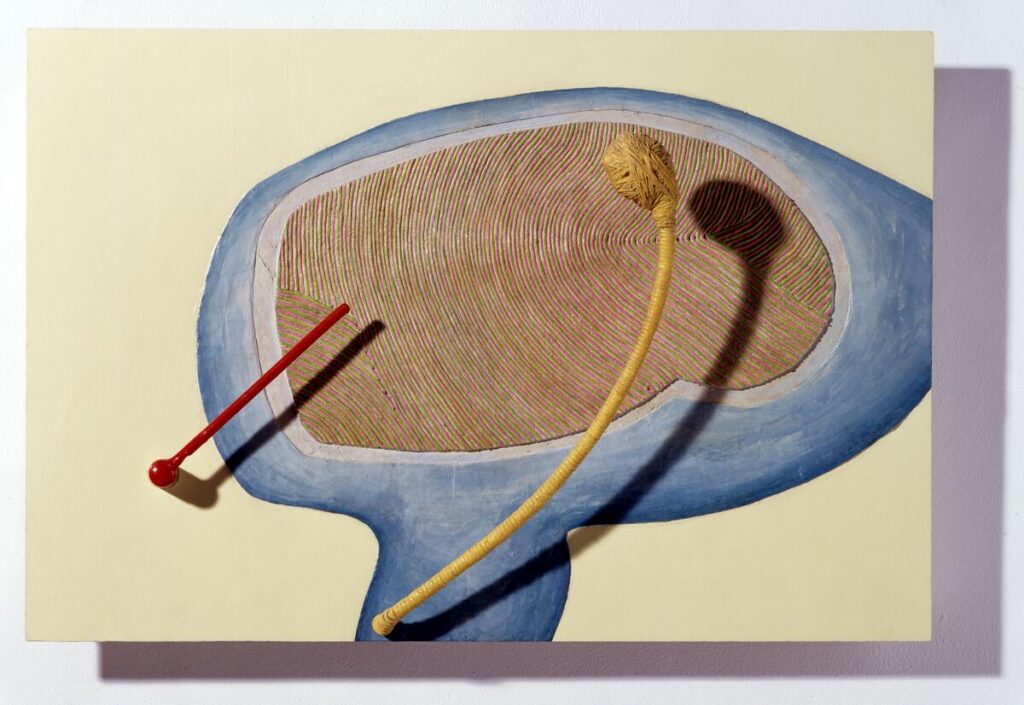
The start of Eva’s career and early exhibitions
In 1961, Eva Hesse stepped into the art business with her first-ever exhibition titled “Drawings: Three Young Americans” at the John Heller Gallery. During that year, Eva met and married sculptor Tom Doyle. In 1963, she had her first solo exhibition at the Allan Stone Gallery in New York City. Her drawings, like pieces of her imagination on paper, captured the attention of art collectors.
Eva’s artistic adventure took an international turn in 1964 when she moved to Germany with Tom Doyle for 15 months. It was during this time that she found her interests in sculpture, exploring shapes and materials in ways that were uniquely hers.
Her creations, known as “reliefs,” were like a blend of 2D and 3D art. She created futuristic machine-like images, inspired by the unused machinery in her studio. Titles like “Ringaround Arosie” and “Legs of a Walking Ball” from 1965 give us a peek into the creative sparks flying in her imaginative world.
Eva’s career rise amid personal challenges
After returning to New York in late 1965, Eva Hesse faced personal struggles as her marriage with Tom Doyle began to falter, leading to their separation in early 1966. Despite the challenges in her personal life, Hesse’s career soared to new heights.
In 1966, her innovative works found a place in two significant exhibitions: “Eccentric Abstraction” and “Abstract Inflationism and Stuffed Expressionism.” She made waves in the art world -it was a pivotal year for Eva.


During this time, she started creating stand-alone sculptures, marking a shift in her work expression. Materials like cheesecloth, fiberglass, and latex, bought in liquid form, became her work companions. Her studio was filled with these unconventional materials, each waiting to be transformed into a piece of her imaginative world.
The year 1968 brought another milestone—Eva Hesse’s solo exhibition at the Fischbach Gallery in New York City. People were drawn to her sculptures, each telling a unique story of creativity and resilience.
Eva Hesse wasn’t just an artist; she was like a pioneer in the art world. Trained as an abstract painter and designer, she saw painting not just as something flat on the wall but as an object reaching out into the space where you stand. She wanted her art to be there,, not just hanging there feeling like it’s alive, mimicking the delicate and changing nature of our own bodies.
She created work like a beautiful puzzle. She’d take different pieces from all over the place, maybe like a scavenger hunt, and put them together in a way that makes you stop and think. It’s a bit like poetry in 3D, where each piece tells a story and makes you ponder the world around you.
Some of her famous works

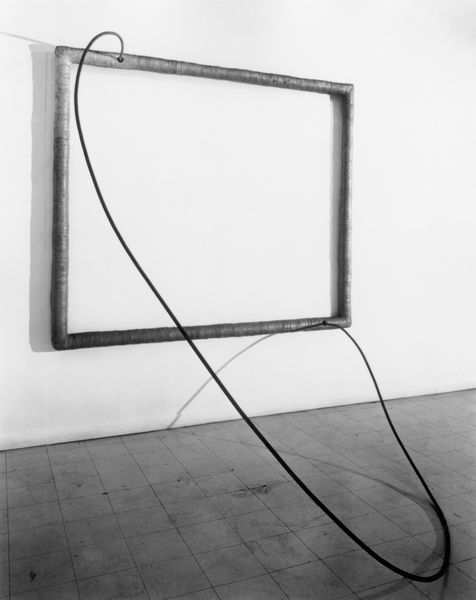

Eva’s Impact on the world of art- Why her work matters?
As the years passed, Eva Hesse’s art kept on shining, even though she faced tough times with her health. Her work was like a bright light, touching people’s hearts across the country. By 1969, her art found a permanent spot in big, fancy museums like the Whitney Museum of American Art and the Museum of Modern Art.
Sadly, in 1969, Eva learned she had a brain tumor. Over the next year, she went through three tricky operations, a really hard part of her life. But even with these challenges, her art kept on making waves.
After Eva passed away, people kept talking about her in books and organizing shows just for her art. In 1972, the Guggenheim Museum in New York hosted a special exhibition, kind of like a big thank-you to an artist who made a big impact.
Yhe materials she picked for her art, like latex and fiberglass, got old and fragile over time. Works like “Contingent” from 1969, once strong, got a bit weak. Eva knew this would happen; she chose these materials to show that nothing lasts forever, not even art.
In one of her talks near the end, Eva said,
“Life doesn’t last; art doesn’t last. It doesn’t matter.”
Even though Eva Hesse’s time in the art spotlight was relatively short, her influence has stretched far and wide. Lasting just over a decade, her work remains not only popular but incredibly influential.

What makes Eva Hesse’s legacy so enduring? Part of it is the fascination with her “life of extremes,” filled with challenges and triumphs. But it’s not just about her life; it’s about the era she lived in. In the times of aftermath of Abstract Expressionism, a time when artists were searching for new ways to express themselves. Hesse’s answer to this artistic challenge doesn’t fit neatly into any box. Her art, with its subtle connections to the human body, revived a style from before World War II, adding a fresh perspective for a new generation.
Eva Hesse’s creations teach us something essential—how to distill complex feelings and ideas into simple yet profound shapes. Her abstract yet organic forms have left a unique mark, influencing not only her contemporaries but also later artists.
Eva’s legacy lives on, a testament to her pioneering spirit in art, showing us that even in a short time, an artist can leave an everlasting impact on the way we see and create.
In the end..
Eva Hesse’s life wasn’t an easy journey. She faced all sorts of tough times, from political troubles to family illnesses and battles with depression. And in the end, cancer took a toll on her too. Despite these hardships, Eva didn’t let it break her spirit. Instead, she pushed forward, using her challenges to shape her art.
In the art world of the 1960s, Eva was a trailblazer. She dared to explore the flowing shapes of the natural world and the simplest, most basic artistic moves. She one of the first, stepping into uncharted territory. Some folks see her art as quietly nodding to the strength and beauty of the female body, almost like a secret message. Others find hints of humor, playfulness, and a sense of spontaneous creativity in her laid-back forms, using everyday materials.
Eva Hesse’s works weren’t trying to make big political statements. Instead, they were about the freedom to create, express, and evoke emotions without any strict rules. She was like a pioneer in Post-Minimalist practice, showing the world that art could be diverse, inventive, and deeply meaningful.
Want to read more about such women from the art history?
If you enjoyed learning about Eva Hesse’s life and art, and if you’re curious about more stories of amazing women in art history, check out our Arts to Hearts Art History Section. Every week, we share stories about incredible artists from the past, talking about their challenges, strengths, and the beauty they brought to the world through their art.
Whether it’s facing tough times, breaking down walls, or changing the rules of art, each artist’s story shows the incredible spirit that has left a lasting mark on the world of art.
Artwork in this article are taken from:











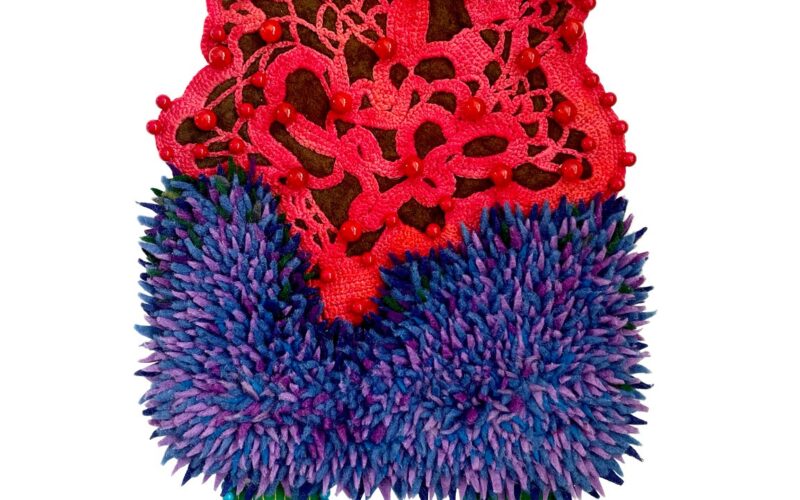
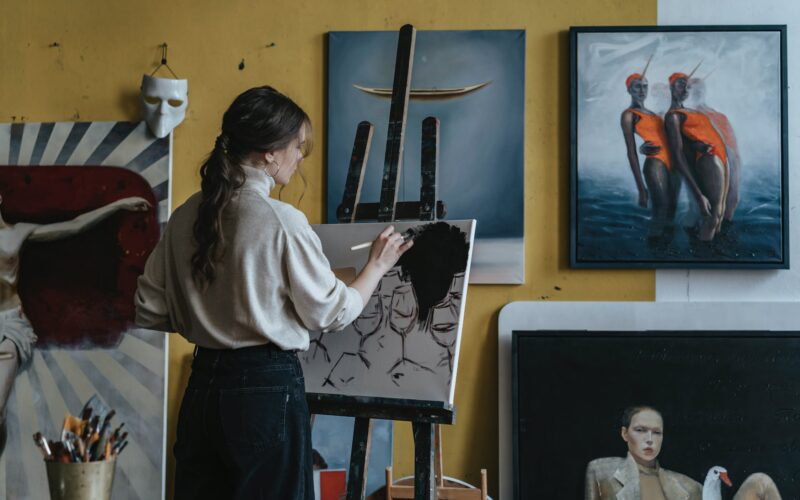

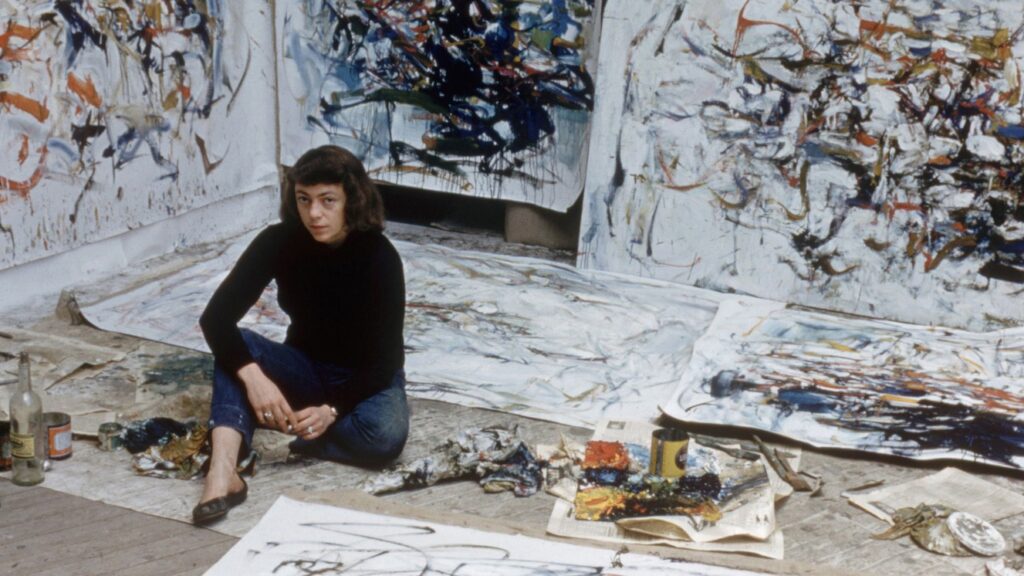


Comments 14